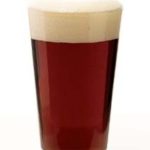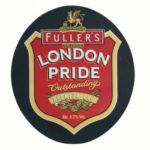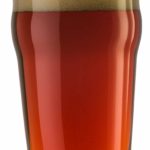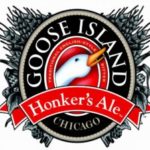Beer Style: English Bitter, Mild, and Pale Ale
Australian Sparkling Ale
Australian sparkling ale was added to the Beer Judge Certification Program Style Guide in 2015, but it’s been brewed in Australia since the 19th century to compete against pale ales imported from England.
Pro Am Brewing with Mr. Wizard
For several years I wanted to participate in the ProAm competition at the Great American Beer Festival (GABF), but was not sure how to go about teaming up with an award-winning homebrewer.
Meaningful Mild
Author Terry Foster provides readers an easy-drinking British mild ale.
Fuller’s ESB Clone
This recipe is for the bottled version of ESB. The cask version in the UK is 5.5% ABV.
Fuller’s London Pride clone
This recipe is for the bottled version of London Pride. In the UK, London Pride is brewed to 4.1% ABV for cask and keg. In North America, the keg version available is the same strength as the bottled 4.7% ABV.
A Stroll by the Wandle
This recipe is inspired by the wonderful time I had visiting Sambrook’s Brewery in London to meet with the London Amateur Brewers club. I based this recipe on information Head Brewer Sean Knight shared with me about their Wandle ale.
End Run Mild Ale
Frequent contributor and author Horst Dornbusch provides readers with a British mild ale recipe.
Wychwood Brewing Company: Hobgoblin Dark Ale clone
This ruby-colored English ale delivers a delicious chocolate toffee malt flavor, balanced with rounded moderate bitterness and an overall fruity, mischievous character.
Coopers Sparkling Ale clone
Cooper’s Sparkling Ale is the bar that all others are measured when brewing an Australian sparkling ale. According to Coopers, “Little has changed since Thomas Cooper brewed his first batch of Sparkling Ale in 1862. It’s still naturally conditioned in the bottle with our unique strain of Coopers yeast.”
English Pale Ale
“The German crystal malts are not traditional but provide richness without the cloying quality of some of the currently available English crystals. The amber invert sugar adds a bit of flavor complexity and helps dry out the finish. Hopping the mash and first runnings worked well for this one – it retained appreciable hop character despite being fairly well aged when judged.”
—Ross Mitchell (Australian Capital Territory)
Tudor Beer
Recipe author Terry Foster comments on his Tudor Beer, “Overall, it was a good crisp, fresh-tasting session beer, resembling a low-hopped version of an English summer ale. This is not so surprising when you consider that in 1503 this beer would have been in competition with the maltier and probably sweeter unhopped ale.”
Goose Island’s Honkers Ale clone
Inspired by visits to English country pubs, Honker’s Ale combines a spicy hop aroma with a rich malt middle to create a perfectly balanced beer. Immensely drinkable, Honker’s Ale is not only a beer drinkers can trust but one they’ll look forward to.












